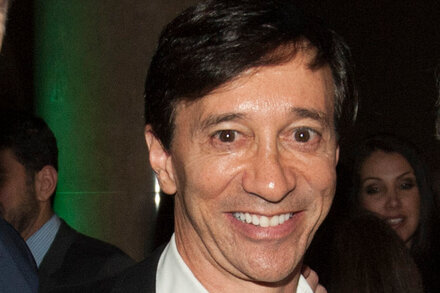The relationship between Donald Trump and former FBI Director James Comey was marked by an unusual public dynamic, escalating tensions, and ultimately, a dramatic dismissal that reshaped the early landscape of the Trump presidency. Their interactions, spanning from the presidential transition to Comey’s testimony before Congress, became a central feature of the investigations into Russian interference in the 2016 election and alleged obstruction of justice.
Here is a timeline of key events that defined their contentious relationship:
October 2016: The Clinton Email Investigation
The first significant public interaction, though indirect, occurred before Trump took office. On October 28, 2016, then-FBI Director James Comey sent a letter to Congress informing them that the FBI had reopened its investigation into Hillary Clinton’s use of a private email server while Secretary of State, following the discovery of new emails. While this move was initially praised by Donald Trump during his campaign, it would later become a point of contention.
January 2017: Initial Meetings and Loyalty Requests
Following his election, Donald Trump met with James Comey multiple times. On January 6, 2017, Comey briefed President-elect Trump on the intelligence community’s findings regarding Russian interference in the 2016 election and, separately, on unverified allegations contained in the Steele dossier. Comey would later testify that Trump sought to “create some sort of patronage relationship” with him.
“He then said, ‘I need loyalty, I expect loyalty.’ And I didn’t move, I didn’t speak, I just stared at him, and the awkward silence persisted.”
— James Comey, testimony before the Senate Intelligence Committee, June 8, 2017
February 2017: The Flynn Conversation
On February 14, 2017, the day after National Security Adviser Michael Flynn resigned amid controversy over his contacts with Russia, President Trump met privately with Comey in the Oval Office. According to Comey’s later account, Trump expressed a desire for the FBI to end its investigation into Flynn.
“I hope you can see your way clear to letting this go, to letting Flynn go. He is a good guy. I hope you can let this go.”
— Donald Trump, as recounted by James Comey in his written testimony, June 7, 2017
March 2017: Comey Confirms FBI Investigation
On March 20, 2017, Comey publicly confirmed for the first time that the FBI was conducting an investigation into alleged Russian interference in the 2016 presidential election, including potential coordination between the Trump campaign and Russian officials. This confirmation directly contradicted statements by President Trump and his administration.
May 2017: The Dismissal
On May 9, 2017, President Trump abruptly fired James Comey from his position as FBI Director. The White House initially stated that Comey was dismissed based on recommendations from Attorney General Jeff Sessions and Deputy Attorney General Rod Rosenstein, citing Comey’s handling of the Hillary Clinton email investigation. However, Trump later offered a different rationale.
“When I decided to just do it, I said to myself, I said, ‘You know, this Russia thing with Trump and Russia is a made-up story.'”
— Donald Trump, interview with NBC News, May 11, 2017
June 2017: Comey’s Senate Testimony
Less than a month after his firing, Comey testified before the Senate Intelligence Committee on June 8, 2017. During his testimony, he detailed his private conversations with President Trump, including the requests for loyalty and for the FBI to “let go” of the investigation into Michael Flynn. Comey also confirmed that he had documented these interactions in contemporaneous memos, some of which he leaked to a friend with the intent of prompting the appointment of a special counsel.
April 2018: “A Higher Loyalty”
Comey released his memoir, “A Higher Loyalty: Truth, Lies, and Leadership,” which offered an extensive account of his time at the FBI and his interactions with President Trump. The book became a bestseller and further fueled the public debate surrounding the Trump administration and the ongoing investigations.
The timeline of the Trump-Comey relationship illustrates a period of intense political scrutiny and played a significant role in the appointment of Special Counsel Robert Mueller, whose investigation would examine Russian interference and potential obstruction of justice by the president.
Source: Read the original article here.





